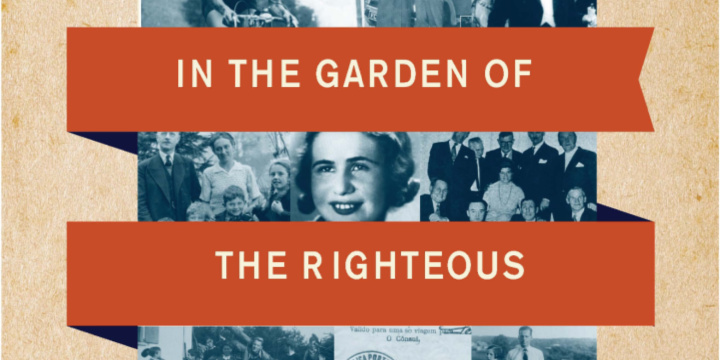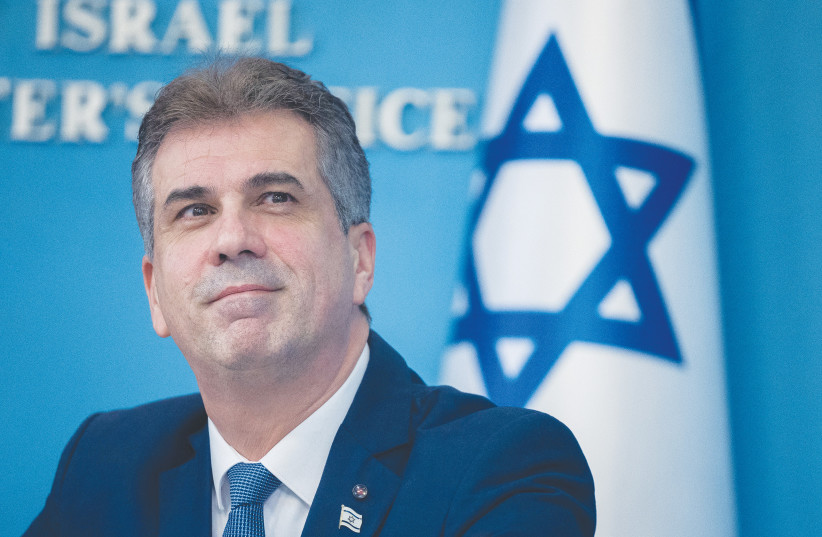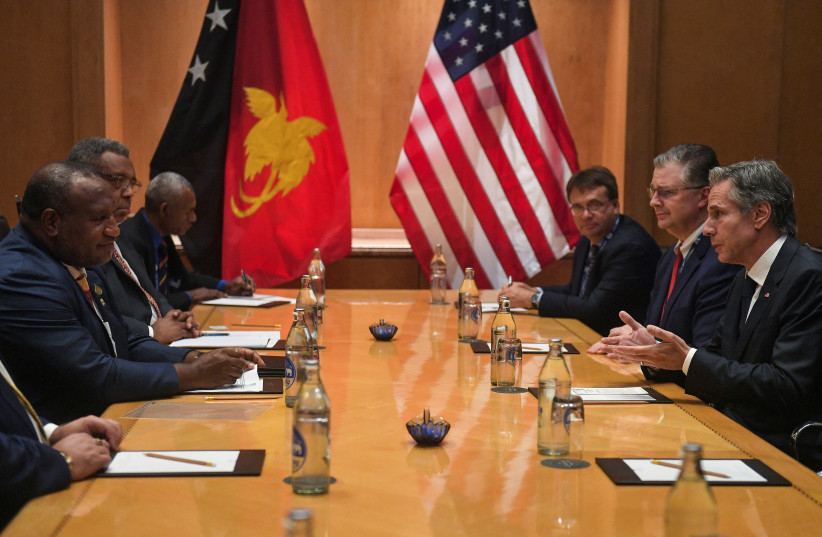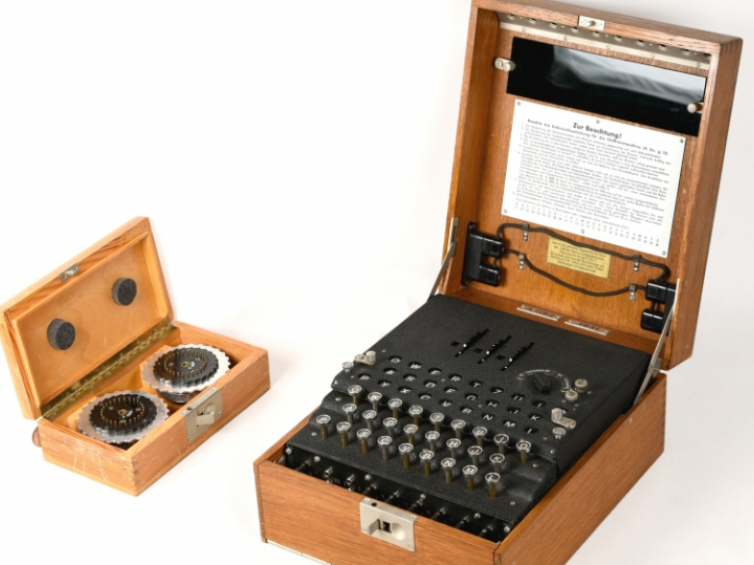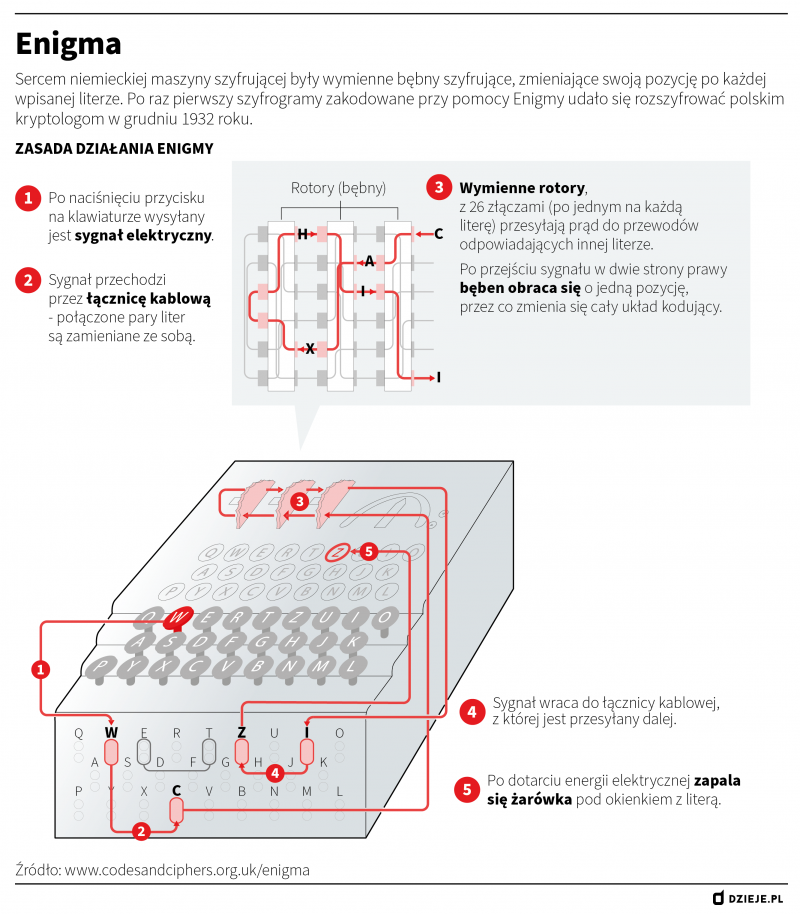 Konstanty Gebert, Warsaw (11 October 2005)
Konstanty Gebert, Warsaw (11 October 2005)
 [Prognoza wędrowna] Iran coraz bliżej bomby atomowej. Chce rozwiązać „problem izraelski”
[Prognoza wędrowna] Iran coraz bliżej bomby atomowej. Chce rozwiązać „problem izraelski”
Konstanty Gebert
Broń atomowa każdego państwa jest śmiertelnym zagrożeniem dla świata – i nie ma tu różnicy między bombami USA, Rosji, Indii, Izraela czy przyszłą bomba irańską. Ale Iran jest jedynym państwem członkowskim ONZ, które oficjalnie głosi zniszczenie innego państwa członkowskiego – Izraela – jako cel swej polityki zagranicznej.
„Obecność w procesie wzbogacania cząsteczki lub cząsteczek uranu powyżej 60 procent nie oznacza wzbogacania powyżej 60 procent”, oznajmił z oburzeniem w poniedziałek rzecznik irańskiej agencji atomowej. Doniesienie, że inspektorzy Międzynarodowej Agencji Energii Atomowej (IAEA) podczas niezapowiedzianej wizyty w irańskich zakładach atomowych w Fordow wykryli uran wzbogacony do poziomu 84 procent, nazwał też „oszczerczym” i „wypaczającym fakty”.
Rzecz w tym, że Iran uprzednio się zobowiązał, że nie będzie wzbogacał uranu powyżej 60 procent; obecne doniesienie świadczyłoby, że po raz kolejny okłamał IAEA. Co więcej, wysoko wzbogacony uran ma zastosowanie wyłącznie w bojowych głowicach i bombach atomowych. Wprawdzie współcześnie stosuje się w tym celu uran 90-procentowy, ale użyta przez Amerykanów w Hiroszimie bomba wykorzystywała uran 84-procentowy właśnie.
Afera o wirowanie
Uran w formie naturalnej występuje w postaci mieszanki dwóch izotopów, przy czym lżejszy U-235, potrzebny do produkcji bomby, stanowi w przyrodzie niecały 1 procent składu złóż. Poprzez odwirowywanie cięższego izotopu uran ulega wzbogaceniu, bo wzrasta udział izotopu lżejszego i rzadszego w składzie. Dla celów cywilnych wystarczy wzbogacenie kilkuprocentowe, lecz Teheran, który oficjalnie zaprzecza, jakoby chciał zbudować bombę, uzasadnia wzbogacanie do wyższych poziomów chęcią udoskonalania procesów technologicznych, co istotnie ma sens.
Zaś po zerwaniu przez USA za prezydenta Trumpa porozumienia z Genewy, ograniczające irański program atomowy, Teheran wiążą jedynie zasady Traktatu o nierozprzestrzenianiu broni atomowej, które podpisał. Te zaś wymagają pełnego i rzetelnego informowania IAEA o wszystkich elementach produkcji nuklearnej, żeby uniemożliwić potajemną budowę bomby.
Indie i Pakistan Traktatu nie podpisały, wyprodukowały broń atomową całkiem legalnie i tego nie skrywają. Wzbogacenie uranu do poziomu 84 procent świadczyłoby, że Iran zamierza dołączyć do tego grona, oszukując świat. Byłby to kolejny dowód, po wykradzionym w 2018 roku przez Mossad irańskim archiwum atomowym, które pokazywało, że Teheran taki program już miał, lecz zawiesił go lub ograniczył w 2003 roku. Korea Północna wyprodukowała broń atomową z naruszeniem Traktatu – i ONZ oraz oddzielnie Stany Zjednoczone i inne państwa nałożyły na nią miażdżące sankcje. Z jej programu atomowego skorzystał w produkcji swej bomby Pakistan, podczas gdy Indie i Izrael wyprodukowały broń atomową własnymi siłami. W odpowiedzi USA nałożyły sankcje na Pakistan i Indie, zniesione jednak po kilku latach.
Inaczej niż te dwa państwa, Izrael, także niebędący sygnatariuszem, nie potwierdza, ale i nie zaprzecza, że broń taką posiada, oraz najprawdopodobniej nie przeprowadził jej prób. Nie ma więc formalnych powodów do wprowadzenia sankcji przeciw Jerozolimie. Iran mógłby wprawdzie po prostu wypowiedzieć Traktat i dalej budować bombę już legalnie, lecz zapewne nie pozwoliło by mu to na uniknięcie sankcji za wcześniejsze naruszenia Traktatu. Dlatego Teheran idzie w zaparte.
Irańska bomba wywraca stolik
Broń atomowa każdego państwa jest śmiertelnym zagrożeniem dla świata i nie ma tu różnicy między bombami USA, Rosji, Indii, Izraela czy przyszłą bombą irańską. Ale Iran jest jedynym państwem członkowskim ONZ, które oficjalnie głosi zniszczenie innego państwa członkowskiego – Izraela – jako cel swej polityki zagranicznej.
Oba kraje toczą od lat tajną wojnę: w styczniu ktoś, najpewniej Izrael, zbombardował dronami fabrykę zbrojeniową w Isfahanie, a kilka dni temu irańskie drony zaatakowały w Zatoce Perskiej tankowiec należący do izraelskiego biznesmena. Iran ma w graniczącej z Izraelem Syrii wojska i fabryki rakiet, regularnie bombardowane przez Izraelczyków.
Nie osłabł również historyczny konflikt persko-arabski: w graniczącym z Arabią Saudyjską Jemenie Iran wspiera walczących z prosaudyjskim rządem Hutich, którzy regularnie ostrzeliwują terytorium Arabii irańskimi rakietami i dronami. Irańska bomba byłaby egzystencjalnym zagrożeniem i dla Izraela, i dla arabskich sunnickich państw Zatoki; groźba jej powstania już doprowadziła do ich bezprecedensowego politycznego i militarnego zbliżenia. Izrael i Zjednoczone Emiraty Arabskie nie tylko nawiązały stosunki dyplomatyczne, lecz także wspólnie produkują bezzałogowe okręty bojowe. Irańska bomba byłaby także nie do przyjęcia dla USA.
„Problem izraelski byłby rozwiązany”
Jest niezmiernie mało prawdopodobne, choć nie niemożliwe, by 84-procentowy uran pojawił się w Fordow jako nieintencjonalny efekt uboczny zwykłego 60-procentowego wzbogacania; IAEA bada sprawę. Co więcej, uzyskanie formy metalicznej wzbogaconego uranu i ukształtowanie zeń półkul niezbędnych dla ładunków atomowych to oddzielne technologiczne wyzwanie, podobnie jak konstrukcja głowic rakietowych. Ale to, co Iran ma, czyli 55 kilogramów uranu wzbogaconego do poziomu 60 procent, w pełni wystarczyć może dla stworzenia brudnej bomby, w której eksplozja ładunku konwencjonalnego powoduje rozrzut materiałów radioaktywnych i śmierć ofiar od choroby popromiennej.
Przed jej użyciem przeciwko Izraelowi nie musi odstraszać Irańczyków pewność miażdżącego izraelskiego ataku odwetowego z łodzi podwodnych. Były prezydent, nieżyjący już ajatollah Haszemi Rafsandżani, skądinąd „reformator” i „liberał”, powiedział w wywiadzie, że Iran straciłby wówczas 6 milionów obywateli – ale 80-milionowy naród „może to znieść”, a „problem izraelski byłby rozwiązany”.
Inaczej niż w przypadku irackich i syryjskich reaktorów, zbombardowanych w przeszłości przez Izrael, akcja zbrojna przeciwko Iranowi mogłaby jedynie opóźnić program atomowy tego kraju, lecz nie zlikwidować go w całości. Stosowne instalacje są zbyt liczne i zbyt dobrze zabezpieczone, zaś nalot wywołałby katastrofalną wojnę regionalną.
Jest on zresztą politycznie niemożliwy, dopóki nie byłoby niepodważalnych dowodów, że Iran ma bombę. Fałszywe oskarżenia pod adresem Iraku dwadzieścia lat temu trwale zrujnowały amerykańską wiarygodność w tym zakresie, a Izrael zbyt wiele razy twierdził, że ostatnia czerwona linia została już przez Teheran przekroczona.
Tymczasem Iran wcale nie musi bomby wyprodukować: wystarczy, że będzie wiadomo, iż może to w ciągu kilku miesięcy uczynić, by groźba atomowej zagłady ze strony Teheranu zaczęła wpływać na postawy państw bliskowschodnich. Saudyjczycy już zapowiedzieli, że w takiej sytuacji zbudują własną broń jądrową; Turcja zapewne postąpi podobnie. Zaś Izraelczycy mogą zacząć emigrować: patriotyzm okazać się może zbyt słabym antidotum na lęk, że ich dzieci zginą w atomowym ataku.
Dobrze mieć paskudnego sąsiada
Przeciwdziałanie takim scenariuszom wymaga wspólnej polityki Waszyngtonu i Jerozolimy. Tymczasem Benjamin Netanjahu, choć powrócił na fotel premiera, na zaproszenie do USA, gdzie nie był od 2020 r., nie bardzo może liczyć, administracja Joe Bidena jest bowiem bardzo krytyczna wobec polityki jego skrajnie prawicowego rządu.
W popartym przez USA oświadczeniu przewodniczący Rady Bezpieczeństwa ONZ potępił niedawno legalizację dziewięciu nowych osiedli na Zachodnim Brzegu – i jest to właściwie dla Jerozolimy sukces. Amerykanom udałoby się w ten sposób uniknąć – mającej znacznie większy ciężar polityczny i prawny – rezolucji RB, której zapewne by nie zawetowali.
Ambasador USA wezwał, by Netanjahu „wcisnął hamulec” planowanej reformie sądownictwa, likwidującej jego niezależność. W odpowiedzi czołowy polityk Likudu zaproponował, by ambasador „nie wtrącał się w nie swoje sprawy”. Jak to powiedział do swych współpracowników ówczesny prezydent Bill Clinton po swej pierwszej rozmowie z Netanjahu w 1992 roku: „Zaraz, zaraz… Przypomnijcie mi, kto tu właściwie jest supermocarstwem?”.
Ale jeśli Iran istotnie jest o krok od bomby, to konieczność przeciwstawienia mu się – a w kwestii walki z Iranem Izrael istotnie jest niemal supermocarstwem – będzie wymagała zaproszenia Netanjahu do Waszyngtonu, niezależnie od tego, jak bardzo Amerykanom nie podoba się jego polityka wewnętrzna.
Ten typ relacji przerobili już w kwestii wojny w Ukrainie z Polską, choć prezydent Andrzej Duda na zaproszenie do Białego Domu nadal musi czekać. Ale po co mu zaproszenie, skoro Biden co raz wpada do Warszawy? Jak się jest nieliberalną demokracją, to dobrze mieć tuż obok wrogiego sąsiada tak paskudnego, że własne grzechy w porównaniu znikają.
Zawartość publikowanych artykułów i materiałów nie reprezentuje poglądów ani opinii Reunion’68,
ani też webmastera Blogu Reunion’68, chyba ze jest to wyraźnie zaznaczone.
Twoje uwagi, linki, własne artykuły lub wiadomości prześlij na adres:
webmaster@reunion68.com


